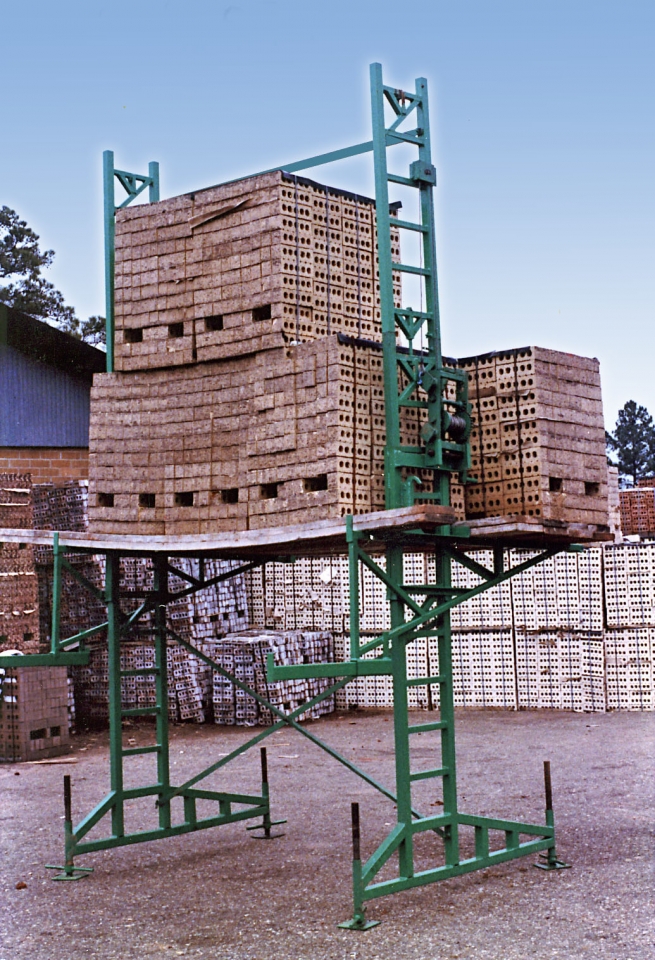Quality Scaffolding Surrey for Both Residential and Commercial Projects
Quality Scaffolding Surrey for Both Residential and Commercial Projects
Blog Article
Checking Out the Various Sorts Of Scaffolding Utilized in Building Jobs
The building sector counts heavily on numerous types of scaffolding to satisfy details job demands, each offering distinctive benefits and applications. Conventional structure scaffolding gives a sturdy foundation for general jobs, while put on hold scaffolding is important for work on high-rise frameworks.

Typical Framework Scaffolding
Typical framework scaffolding is among one of the most commonly utilized approaches in the building market due to its robustness and convenience. This system includes vertical and straight frameworks that are put together to create a steady platform for materials and employees. The main parts consist of vertical articles, horizontal journals, and diagonal dental braces, which together give a solid framework that can support substantial loads.
Among the vital advantages of standard frame scaffolding is its versatility to numerous construction projects, varying from household buildings to large commercial frameworks. The modular layout allows for easy setting up and disassembly, making it reliable for both long-term and temporary projects. Additionally, the system can be personalized in height and size, suiting different building designs and site problems.
Safety and security is vital in scaffolding applications, and typical framework systems are outfitted with guardrails and toe boards to stop falls and guarantee employee protection. Regular inspections and adherence to safety policies are vital in maintaining the stability of the scaffold (Scaffolding). Generally, typical frame scaffolding remains a basic option in the construction market, supplying a reputable platform for labor and improving overall task effectiveness

Suspended Scaffolding
Suspended scaffolding provides an one-of-a-kind solution for building and construction jobs that need accessibility to raised surfaces, particularly in scenarios where typical structure scaffolding may be not practical. This kind of scaffolding is typically suspended from the roofing system or upper levels of a framework, making use of a system of wheels, systems, and ropes to produce a working room that can be gotten used to numerous elevations.
One of the primary advantages of put on hold scaffolding is its adaptability. It can be quickly repositioned or reduced to fit adjustments in building needs, making it ideal for tasks such as window installment, façade work, and upkeep on skyscraper structures. Additionally, the very little footprint of suspended scaffolding permits far better use ground area in urban environments, where room is frequently limited.
Safety is an important consideration in using suspended scaffolding. Proper rigging and securing systems need to be employed to make certain stability and stop accidents. Operators must additionally be educated in the risk-free use this tools. Overall, suspended scaffolding offers a effective and efficient option for accessing hard-to-reach areas in various building and construction circumstances, enhancing both performance and security on website.
System Scaffolding
System scaffolding, typically considered a contemporary service in the scaffolding industry, contains pre-engineered elements that can be quickly put together and adapted for different building tasks. Scaffolding. This kind of scaffolding is defined by its modular style, which allows for flexibility and effectiveness on job websites, suiting architectural demands and various heights
Commonly made from high-strength steel or light weight aluminum, system scaffolding uses improved longevity and security. The parts consist of upright messages, straight ledgers, and angled dental braces, which interconnect firmly, guaranteeing a durable structure. The layout typically includes standard fittings, streamlining assembly and disassembly processes, therefore decreasing labor time and costs.

Rolling Scaffolding
Rolling scaffolding is a functional choice to typical fixed scaffolding, designed for movement and ease of use on construction sites. This sort of scaffolding contains a system supported by structures with wheels, allowing employees to easily relocate it as needed. The mobility feature dramatically boosts productivity, as it reduces downtime related to taking apart and assembling fixed scaffolding.
Generally built from light-weight materials such as aluminum or steel, rolling scaffolding supplies a strong yet mobile remedy for tasks calling for regular repositioning - Scaffolding. It is especially advantageous in jobs such as painting, drywall setup, and electric job, where accessibility to numerous elevations and places is necessary
Safety is vital in rolling scaffolding style, with functions such as locking wheels to stop unplanned motion when in operation, and guardrails to safeguard workers look at this site from drops. In addition, numerous designs are flexible in height, suiting various project needs.
Cantilever Scaffolding

The style of cantilever scaffolding usually entails using braces or arms secured to a building or structure, making it possible for the system to expand outward securely. Security is vital; thus, these scaffolds need to be crafted to withstand environmental conditions and numerous scaffold bridge loads. Routine inspection and maintenance are vital to ensure architectural honesty and worker safety and security.
Cantilever scaffolding is favored for its flexibility and reliable use area, making it a popular choice in metropolitan environments where area restrictions are common. It helps with much easier access to high elevations, ultimately contributing to the overall efficiency of building and construction jobs. Just like all scaffolding types, proper training and adherence to safety requirements are essential for employees making use of cantilever scaffolding.
Conclusion
To conclude, the varied kinds of scaffolding utilized in building jobs each offer unique objectives customized to details website needs. Traditional structure scaffolding provides security, while put on hold scaffolding offers convenience for raised tasks. System scaffolding promotes quick setting up, and rolling scaffolding enhances flexibility for varying workplace. Cantilever scaffolding properly deals with barriers in city settings. Recognizing these scaffolding types is necessary for optimizing security and productivity in construction, inevitably adding to the effective conclusion of tasks.
Conventional frame scaffolding provides a sturdy foundation for general jobs, while suspended scaffolding is important for work on skyscraper frameworks.Rolling scaffolding is a versatile choice to conventional fixed scaffolding, developed for movement and convenience of usage on construction sites. As with all scaffolding kinds, proper Full Report training and adherence to safety and security requirements are important for workers using cantilever scaffolding.
Standard structure scaffolding offers security, while suspended scaffolding supplies flexibility for raised tasks. System scaffolding facilitates quick setting up, and rolling scaffolding boosts mobility for varying work settings.
Report this page